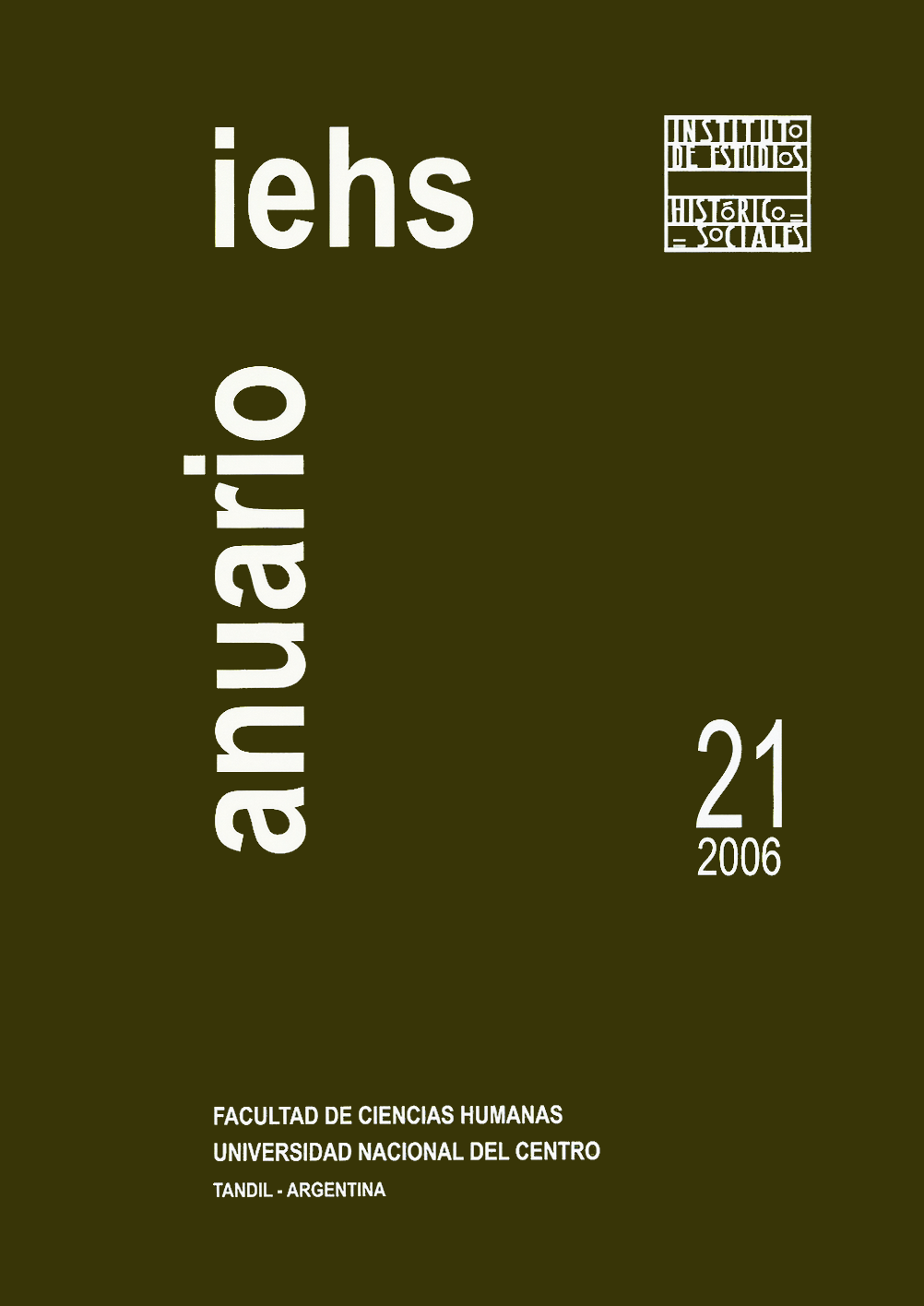Un cierre de fronteras… taxonómico. Tepehuanes y tarahumaras después de la Guerra de los Tepehuanes, 1616-1631
Keywords:
Historical Anthropology, Colonial Taxonomies, Nueva Vizcaya, Tepehuanes, TarahumarasAbstract
At the beginning ofthe seventeenth century, it is clearly impossible to determine with certainty whether the Indians in northwestern Nueva Vizcaya belong to the Tepehuán orTarahumara nation. All testimonies tend to throw into relief a political and identitary interdigitation. In these early years, the Neovizcayan authorities and the Jesuits paid careful attention to these continuities because the main goal was to expand the missionary province ofTepehuanes. Spanish pacification that followed the Tepehuan war (1616-1619) went beyond a merely military dimension. By defining a guilty nation-Tepehuan-the Spaniards intended to geographically isolate a suspect body. They actually created two discrete entities exclusively defined by their respective positions in the colonial economy of control. This political taxonomical logic was reinforced after Parral's silver mines discovery, and has been misinterpreted in naturalistic terms since the advent of ethnography in the nineteenth century.
References
.
Downloads
Published
Issue
Section
License
Copyright (c) 2024 Anuario IEHS

This work is licensed under a Creative Commons Attribution-NonCommercial 4.0 International License.



